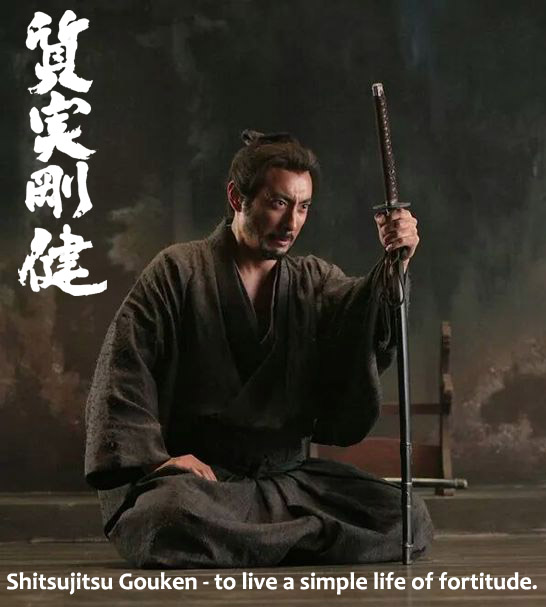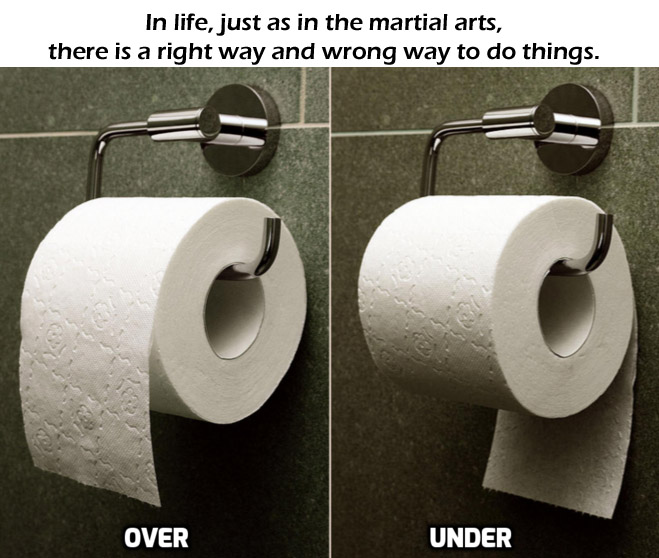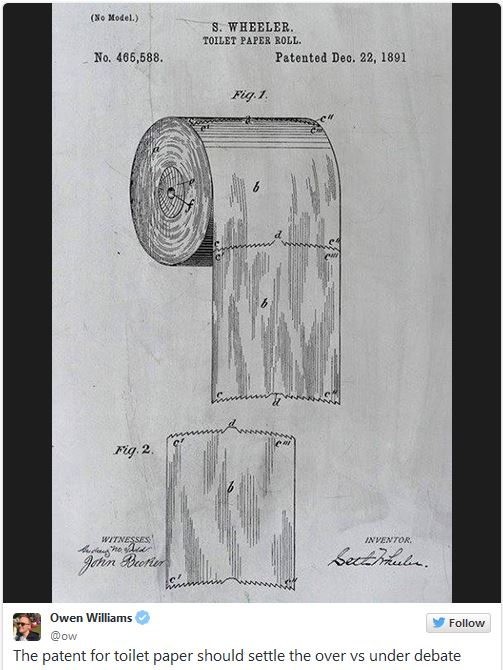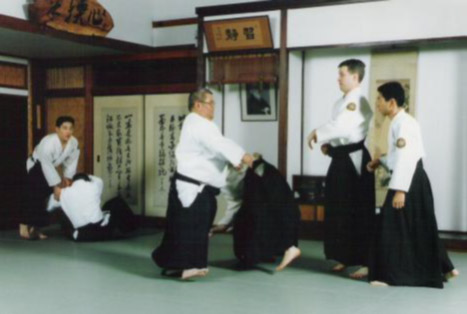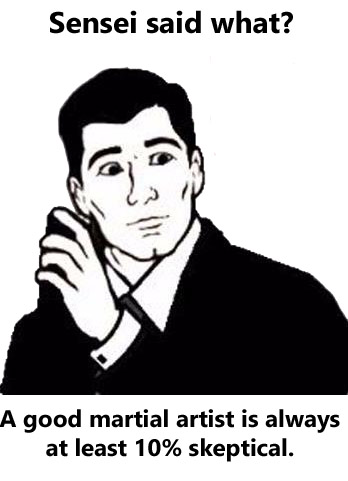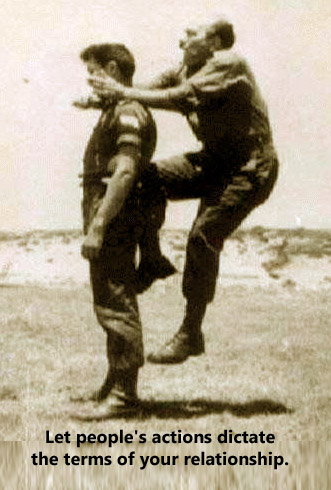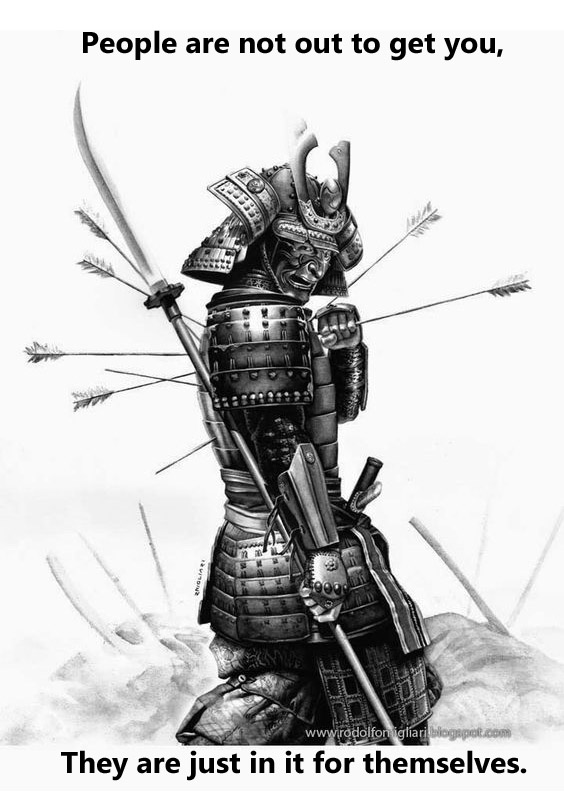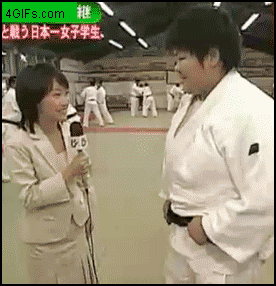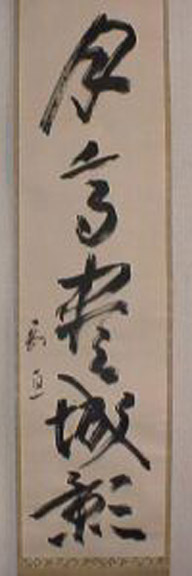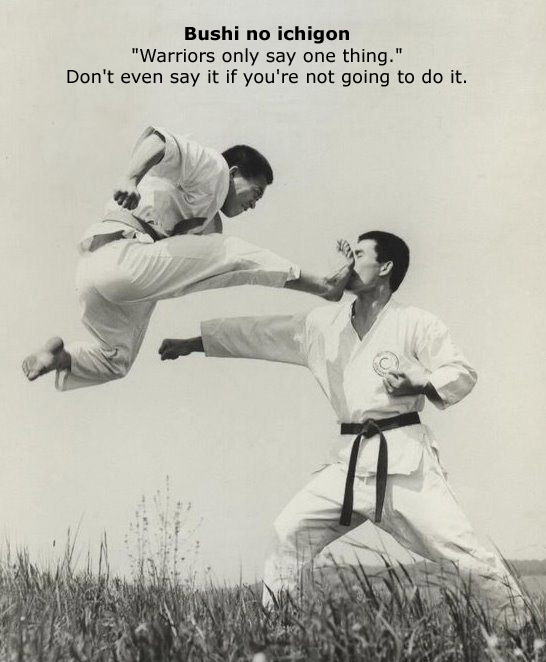 Free Lecture tonight: How to Understand the Japanese Sword
Free Lecture tonight: How to Understand the Japanese Sword
"When you talk you are only repeating what you know; but when listen, you may Learn something new." - His Holiness, the Dalai Lama.
Tonight, the dojo and the Furuya Foundation will host a free lecture by Naoji Karita Sensei who is a master Japanese sword polisher from Tokyo, Japan.
Karita Sensei is a second generation Japanese sword polisher and he will be sharing his wisdom and experience with us to help us understand the sword which is at the core of Aikido training.
A good student is one who has the openness and willingness to learn. A clever student is someone who can differentiate between what is good to "steal" and disregard what is of no use. To learn by stealing is called nusumi keiko (盗み稽古).
Having the openness and willingness to learn is referred to as shoshin (初心) or the beginner’s mind in Buddhism. Zen priest, Shunryu Suzuki, said, "In the beginner's mind there are many possibilities. In the expert's mind there are few." In training, and in life, we are striving to get back to this beginner's mind where the possibilities are limitless and our wonder and enthusiasm are inexhaustible.
A possibly fake but apropos quote from the Buddha is, "When the student is ready, the teacher will appear." This means that when the student has the openness and willingness to learn then anyone and anything can become their teacher. When we turn our nose at something, we run the risk of missing that nugget that can be ever so small which changes us forever.
To be open and willing enables us to see things from another's point of view and use it to our own advantage to improve ourselves. To steal it and make it our own is nusumi keiko.
Tonight when Karita Sensei's is lecturing, please do your best to "stay awake" and be a good student and just maybe you can find a nugget or two to steal that helps you become the martial artist or person that you want to be.
This lecture is free and open to the public. Everyone is invited to attend.
How to Understand the Japanese Sword
6:30 PM
1211 N. Main Street, Los Angeles, CA 90012
Still pictures are allowed, but video or film are not. Thank you for your understanding.




